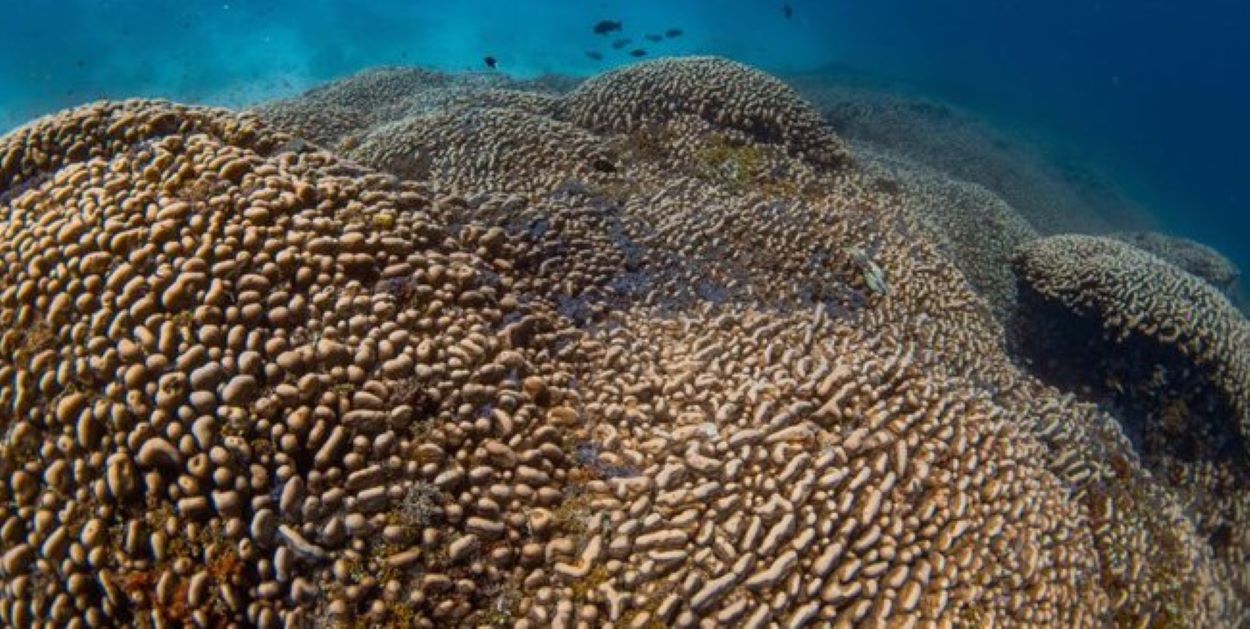Scientists have identified the largest coral ever recorded in the southwest Pacific Ocean, describing it as larger than a blue whale.
The massive coral, formed by numerous connected tiny organisms, functions as a single entity rather than a reef. It is estimated to be over 300 years old.
A National Geographic ship’s videographer discovered the coral while exploring remote Pacific regions. The diver aimed to assess its condition in light of climate change. “I was diving in an area marked as a shipwreck on the map when I noticed something extraordinary,” said Manu San Félix.
He immediately called his diving partner, son Iñigo, to investigate further. Manu described the experience: “Seeing the coral in the Solomon Islands felt like entering an underwater cathedral.”
The discovery evoked deep emotions. “I felt immense respect for this organism, which has remained stationary and resilient for centuries,” he added.
The research team documented the coral’s dimensions using specialized underwater tape measures. It measured 34 meters wide, 32 meters long, and 5.5 meters high.
Corals, often called the “architects” of the ocean, face mounting challenges due to warming seas. These organisms create expansive reefs that support diverse marine life.
Furthermore, the World Economic Forum reports that coral reefs sustain the livelihoods of over one billion people by supporting industries such as tourism and fishing.






